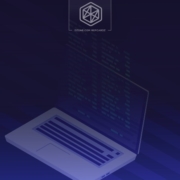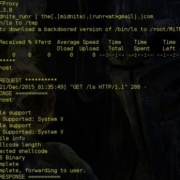If you have had a chance to play around with some of the new Arduino-enabled hardware platforms such as the ESP8266 Wi-Fi SoC, you may already have used an online IoT service for your project. In this article, we will show you how to setup your own online service by setting up a Virtual Private Server (VPS) and server software for your Arduino IoT project.
In addition to setting up your own VPS, we will show you how to install a simple example that lets you control LEDs, lights, etc., by using a browser. The following figure shows how any number of devices can be controlled in real time by navigating to your own VPS using a browser. The online VPS functions as a proxy and makes it possible for any number of users to control the devices via the online server.











